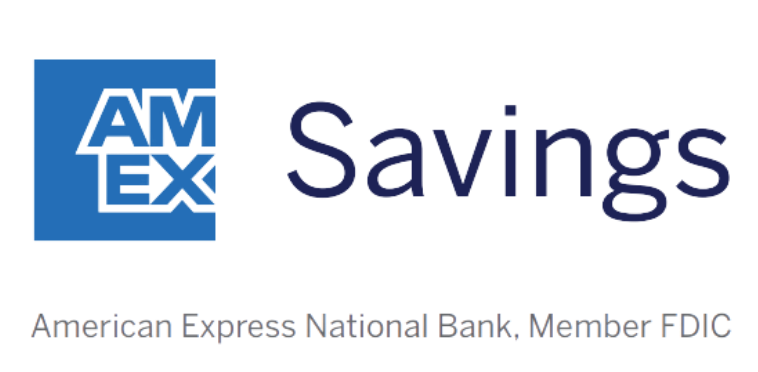When’s the last time you took a good hard look at your bank? Ideally, it should be making it easier to manage your money, as well as earn interest on your savings. If your bank is failing on these basic duties, it could be time for a change.
Here are four factors you should consider when you’re looking for a new bank.
1. Minimal fees
You shouldn’t have to pay to keep your money in the bank — full stop. If you’re looking for a new banking relationship, focus on those that don’t charge silly fees, like monthly maintenance fees. You can learn all about fees on the bank’s website.
And if a given bank does charge those monthly maintenance fees, make sure you can meet the requirements to have them waived — this could be receiving a certain amount of money in direct deposits to your checking account or making a certain number of qualifying transactions per month. Other costs to avoid include overdraft fees, ATM fees (more on ATMs below), and inactivity fees.
Our Picks for the Best High-Yield Savings Accounts of 2024
|
Capital One 360 Performance Savings 
APY 4.25%
|
APY 4.25%
|
Min. to earn $0 |
|
Discover® Online Savings 
|
Min. to earn $0 |
|
|
American Express® High Yield Savings 
APY 4.25%
|
APY 4.25%
|
Min. to earn $0 |
2. High APYs on savings products
If you’re looking for just a checking account, this one is less crucial — sometimes checking accounts earn interest, but money flows in and out of them so often, you’re not likely to earn much interest in one anyway. But it’s a different story if you’re hoping to open a savings account, money market account, or certificate of deposit (CD).
The average rate for savings accounts is currently 0.46%, but you can still find accounts paying 10 times that or more. We do expect rates on savings products to decrease as the Federal Reserve keeps cutting the federal funds rate over the next several months, but a good online bank is still going to pay more than a brick-and-mortar bank will. (They have fewer overhead costs.) If earning the highest yield is important to you, open accounts with an online bank.
3. Well-rated website and mobile app
The first time I watched someone deposit a paper check using their smartphone, I was astonished. So much of our regular banking tasks can be accomplished via the internet now, so it’s worth making sure your prospective bank offers customers the latest and greatest in fintech.
How can you find out if the tech is any good? Well, start by exploring the website for a list of features (which might include budgeting tools, savings buckets, and free credit score access). And don’t forget to look for information about easy ways to get in touch with customer service (perhaps via online chat).
Dig into reviews for the mobile app. If you see a lot of the same complaints repeated over and over again, they’re probably legitimate (with the caveat that people love to complain on the internet).
4. Cash access — if you need it
This is last because for many of us these days, cash is less and less crucial. According to a study by Capital One Shopping, 47.8% of American adults don’t make any cash purchases in a typical week, and I am part of this figure. I occasionally take cash out of my online savings account (via a linked checking account) using an ATM in my area, but it’s perhaps once every few months.
If you’re a more frequent cash user, you need to consider whether you’ll be able to get cash out of your new bank account. If you’re opting for a brick-and-mortar bank with branches in your area, you’ll likely be just fine. But for an online bank, do your research. Many bank websites feature a search function with a map, to show you where local in-network ATMs (meaning those without fees) can be found.
Ready for a brand-new banking relationship? Focus on these factors and you’re sure to land on the right one for you and your finances.
